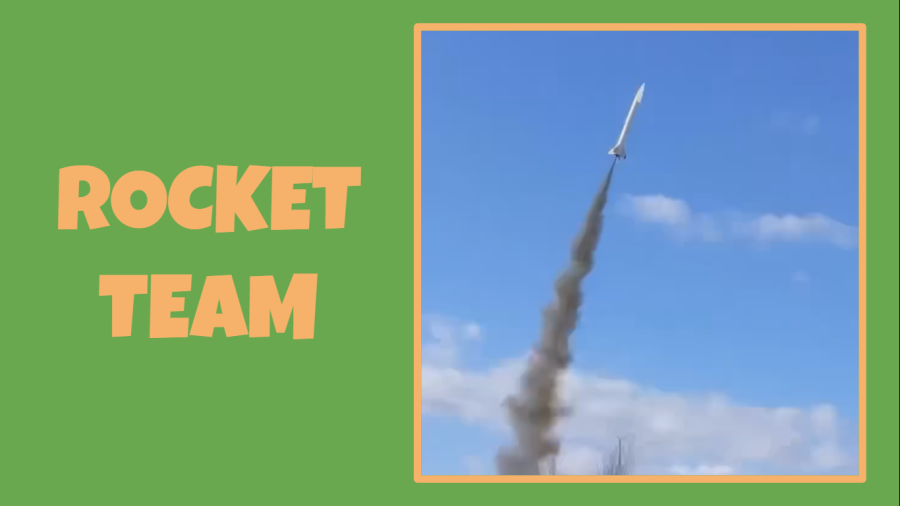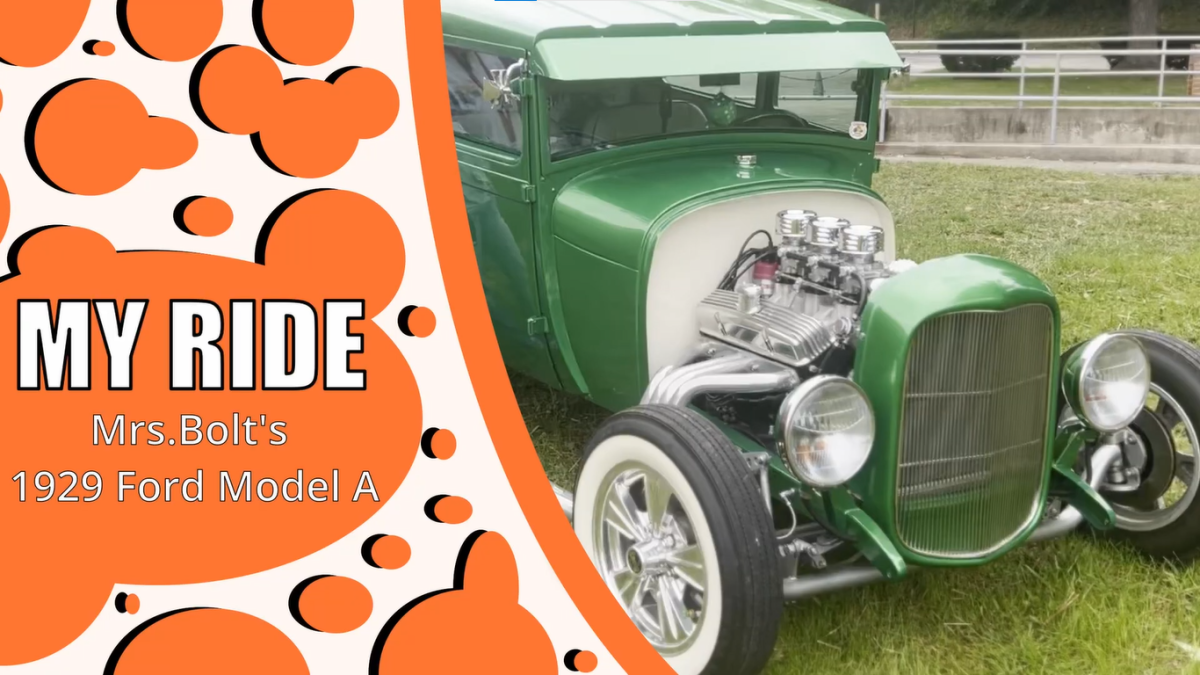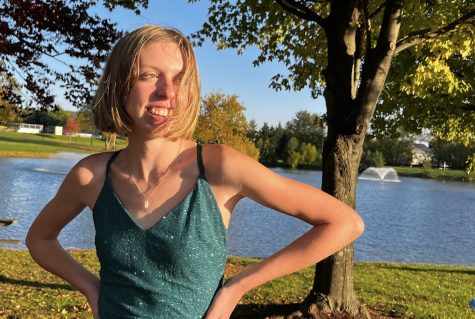As a countdown begins, team members step back into the safety zone, eyes trained on the long, white rocket. When the numbers reach one, a team member presses the button and the rocket soars into the sky. High above the heads of everyone, the parachute engages and it sails safety to the ground to the thunderous cheers of the team.
For the Middletown High School Rocket Team, this was a weekly occurrence as they designed and built their model rocket. The team, composed of thirteen students and one advisor, is built around the goal of competing in the annual American Rocketry Challenge.
Founded in 2002, the American Rocketry Challenge is the world’s largest student rocket competition. Five thousand students compete from across the nation every year. The competition is sponsored by organizations including NASA, the Federal Aviation Administration, and the National Association of Rocketry.
“The competition is a national competition where teams are given certain tasks to achieve with a rocket, certain baseline things a rocket has to do,” said Daniel Burr, MHS science teacher and advisor for the rocket team.
Each rocket must reach an altitude of 850 feet and remain airborne for 42 to 45 seconds, all while safely carrying an egg.
To meet these requirements, the team researched parts and motor types, along with utilizing a software program to test the initial design. Katy Banovic, president of the rocket team, said the rocket design involved three parts, including the base tube with combustion motor, payload tube carrying the egg, and nose cone.
“It has to be light, so the rocket actually goes into the air because we have a minimum altitude,” said Logan Kuhn, club secretary. The rockets are created from materials such as reinforced cardboard, epoxy, plastic, and laser-cut wood.
Model rocketry requires a large amount of scientific knowledge. Members of the team applied skills such as physics, engineering, and design to successfully build and launch their rocket.
Kuhn said “The engine combusts, and that creates a large amount of energy, which propels the rocket upwards.”
Rocket club treasurer, Jeremy Bergman explained this as an “equal and opposite reaction,” which creates the magic of rocket science.
The team is currently testing their rocket and adapting the design.
In the most recent flight, the rocket got stuck in a tree, said Burr. Despite this, he is hopeful they can reach the target height and duration, and “qualify for Nationals.”
“It’s looking promising that we will be able to meet our goal,” said Kuhn. He not only enjoyed the actual rocketry, but also the experiences gained. The opportunity to take on a leadership position has “frame(d) how I (Kuhn) think about things and how I view leadership.”
The rocket team has also impacted other members.
Banovic loved “getting to work on a team” and build something. As president, she assigns responsibilities and ensures deadlines are met. Banovic started as vice president her junior year and rose to tackle the president role senior year.
Bergman has also enjoyed the chance to “work with others” while furthering his engineering knowledge.
“It’s all the students, their drive and perseverance through some hard times,” said Burr. “(They) helped show me the joy of rocketeering, which is what us nerds call it. I really love sharing that love with the students.”












